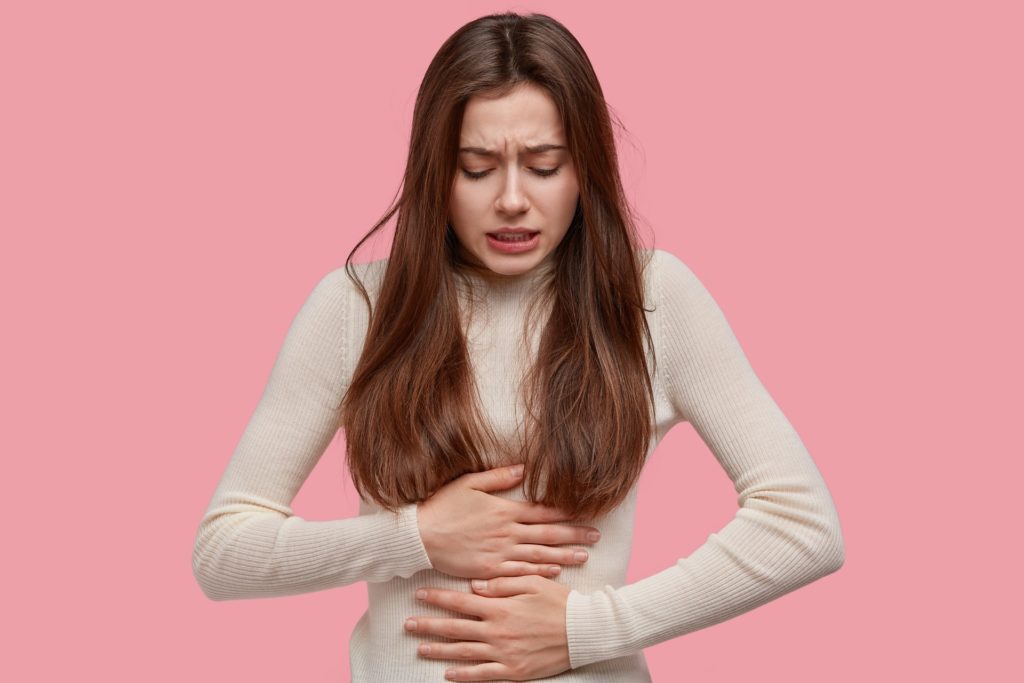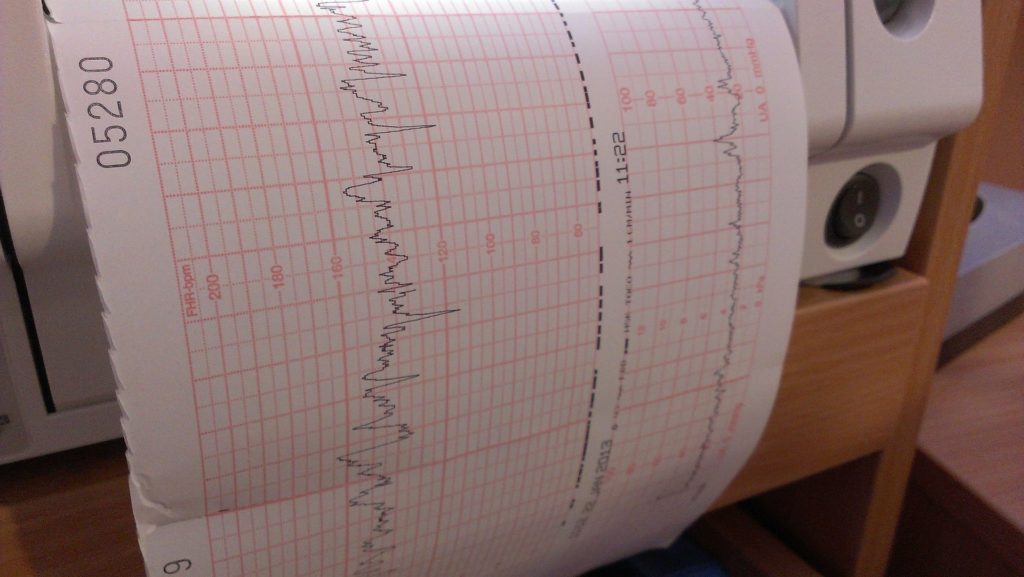Did you know, by the time they reach the age of 50, up to 80% of women have fibroids, according to the Office on Women’s Health? Most women, however, don’t have any symptoms and might never be aware that they have fibroids.
Below, we will be looking at what fibroids are, how you diagnose them, and ways in which you can treat your symptoms.
What Are Fibroids?
Fibroids are abnormal growths that form in or on the uterus of women. There are occasions when these lesions grow extremely large, causing excruciating stomach pain and irregular periods. Other times, they do not appear to have any effect. Most of the time, the growths are benign or non-cancerous. There is no known cause of fibroids.
The most prevalent kind of fibroids is those that are intramural. These varieties manifest themselves within the uterus’s musculature. The expansion of intramural fibroids may cause your womb to stretch.
Risk Factors For Getting Fibroids?
If a woman has one or more of the listed risk factors, she is more inclined to get fibroids:
- Falling Pregnant
- Fibroids run in your family
- 30 years older
- Overweight
The Symptoms Of Fibroids
The number, location, and size of lesions you have will all affect your symptoms. For example, submucosal fibroids can make it difficult to conceive and produce excessive menstrual flow.
You might not experience any symptoms if your lesion is tiny or you are going through menopause.
It is possible for fibroids to decrease whilst you are going through menopause and post-menopause. This is because there is a decrease in estrogen and progesterone levels in the body. These two hormones may create the formation of fibroids, in menopausal women.

Fibroid symptoms may include:
- Pain in the pelvis or lower back, excessive bleeding before or during periods that involves blood clots.
- An increase in period cramps, increased urine, prolonged menstruation, pressure, or feeling of heaviness in your lower abdomen.
- Abdominal swelling or enlargement
Ways In Which To Diagnose Fibroids
You must visit a gynecologist to receive a pelvic exam in order to receive an accurate diagnosis. This examination is done to determine your uterus’s health, dimensions, and shape. You might additionally require the following tests:
An Ultrasound
An ultrasound creates images of your uterus on a screen using high-frequency sound waves. Your doctor will be able to see the inside anatomy and any fibroids by doing this. Since the ultrasound wand is placed inside the vagina during a transvaginal ultrasound, it is closer to the uterus and may produce crisper images.

A Pelvic MRI
A detailed imaging examination called an MRI creates images of your uterus, ovaries, as well as other pelvic organs.
Treatment Options For Fibroids
Your doctor will create a treatment plan based on your age, fibroids’ size, and general health. A variety of therapies might be applied to you.
Medication
Your doctor might advise hormone-balancing drugs to decrease fibroids.
Leuprolide (Lupron), a gonadotropin-releasing hormone (GnRH) agonist, lowers your levels of estrogen and progesterone. The fibroids will ultimately diminish, and the menstruation will end.
GnRH antagonists also aid fibroid shrinkage. They function by inhibiting the production of follicle-stimulating hormone (FSH) and luteinizing hormone by your body (LH).

Fibroids And Exercise: What’s The Best Workout Plan?
Exercise is not just beneficial for weight loss—it also plays a crucial role in **hormonal balance, inflammation control, and improved circulation**, all of which can influence fibroid growth. But not all workouts are created equal when dealing with fibroids. Why Exercise Matters for Fibroids Regular physical activity helps manage fibroids by: Regulating Estrogen Levels: Exercise […]
Green Tea And Fibroids: Can It Help Shrink Tumors?<
Green tea has been consumed for centuries due to its numerous health benefits, but recent studies suggest it may also help **shrink fibroids**. The key lies in its high content of **epigallocatechin gallate (EGCG)**, a powerful antioxidant with anti-inflammatory and anti-estrogenic properties. How Does Green Tea Help with Fibroids? Research indicates that green tea can […]
How Hormones Influence Fibroid Growth
Hormones are the **primary drivers of fibroid growth**, with estrogen and progesterone playing key roles. Many women with fibroids struggle with hormonal imbalances, often without realizing it. Understanding how these hormones interact can help you take control of your health and manage fibroid symptoms effectively. What Causes Hormonal Imbalances? Several factors can contribute to excess […]
The Best Diet For Managing Fibroids Naturally
One of the most overlooked factors in fibroid management is **nutrition**. What you eat directly impacts your hormone levels, inflammation, and overall uterine health. Many women suffering from fibroids experience heavy bleeding, pain, and bloating—symptoms that can often be improved with the right diet. How Does Diet Affect Fibroids? Several studies have shown that estrogen […]
